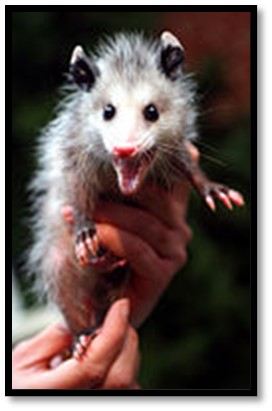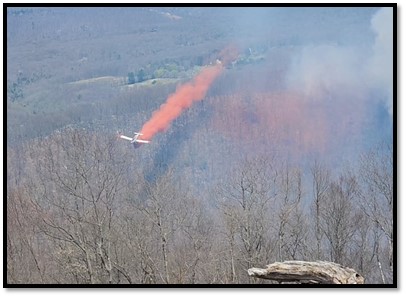Forest Fridays are published weekly by the PA Bureau of Forestry, Department of Conservation and Natural Resources (DCNR).
 by Ryan Reed
by Ryan Reed
Fall is a magical time of year for a variety of reasons for those who enjoy the outdoors. Fall color, frosty mornings, and even the sweet smell of the forest during autumn are alluring to many. For those who are fascinated by wildlife, part of the appeal of fall is its very noticeable effect on animal behavior.
Fall brings about some interesting phenomena, like hyperphagia in black bears. The term literally breaks down to “over” and “eat,” meaning a time when bears eat as much as possible. Pennsylvania black bears can gain hundreds of pounds in the fall to build fat reserves in preparation for winter hibernation.
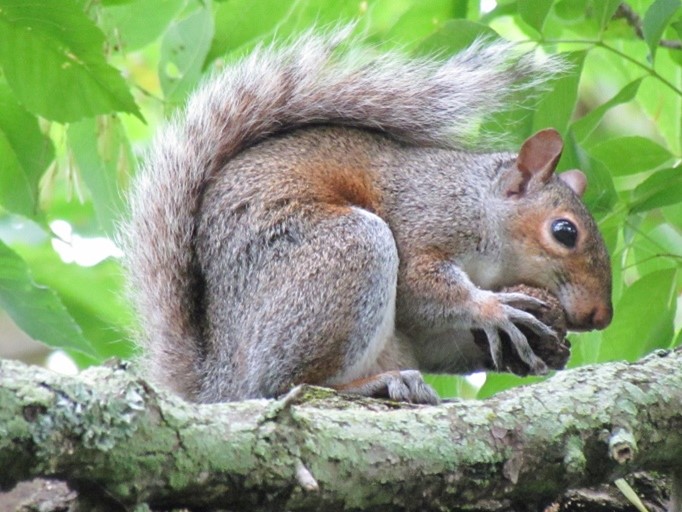 For animals of the Sciuridae family (squirrels, chipmunks), fall is a time for hoarding and hiding an abundant supply of seeds, nuts, and berries in advance of the lean winter months ahead.
For animals of the Sciuridae family (squirrels, chipmunks), fall is a time for hoarding and hiding an abundant supply of seeds, nuts, and berries in advance of the lean winter months ahead.
Fall is a season of transition for birds too, and perhaps one of the most interesting cases to consider since many of our seasonal inhabitants are migratory. How do they know where they are going? How do they know how to get there? Maybe the easiest question to answer is, “How do they know when to go?”
Many people believe that birds migrate because it gets too cold for migratory birds in their summer ranges. This may be true to a limited extent, but it’s not like these birds sit around shivering on cold days. Birds are warm-blooded animals with an amazing capacity to endure the cold. The most logical reason for bird migration is food, or lack thereof, which of course is related to the end of the growing season. In evolutionary terms, the time for leaving summer grounds for a species is when it most benefits their long-term survival. Like any physical trait, behaviors show variation within a species, which ensures that at least a few, in the case of migration, “get it right.”

Red-tailed hawk
At over 80 years, one of the longest running scientific documentations of bird migration occurs right here in PA, at Hawk Mountain Sanctuary near Pottsville and Reading. The fall raptor count is underway and currently checks in at over 18,000 birds. An advantage of counting birds as long as they have is the ability to understand migratory trends of different species. Want to see a sharp-shinned hawk? Their numbers say to come and visit now. Want to see broad-winged hawks? You still might catch a few but the bulk of their migration through PA has passed. Same goes for ospreys and kestrels. The sanctuary’s historical dataset shows that late October can be a great time to visit if you want to see vultures, golden eagles, red-tailed and red-shouldered hawks, and northern harriers.
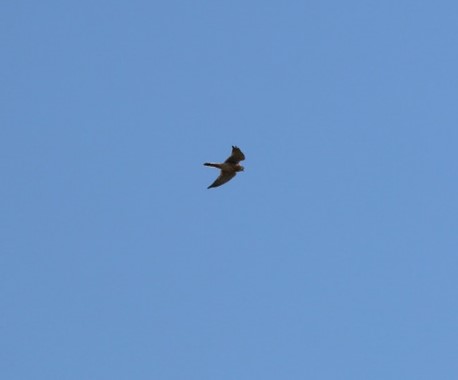
Kestrel
Fall is a special time of transition for forests and animals, and a season offering great opportunities for observation. Where and when to go is a little easier to figure out for us since the birds seem to always know.
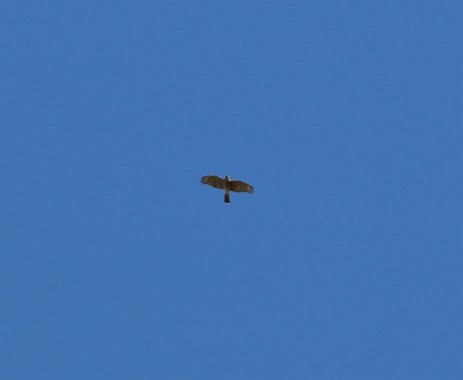
Sharp-shinned hawk
For more information on the fall migration at Hawk Mountain Sanctuary, please look here.


